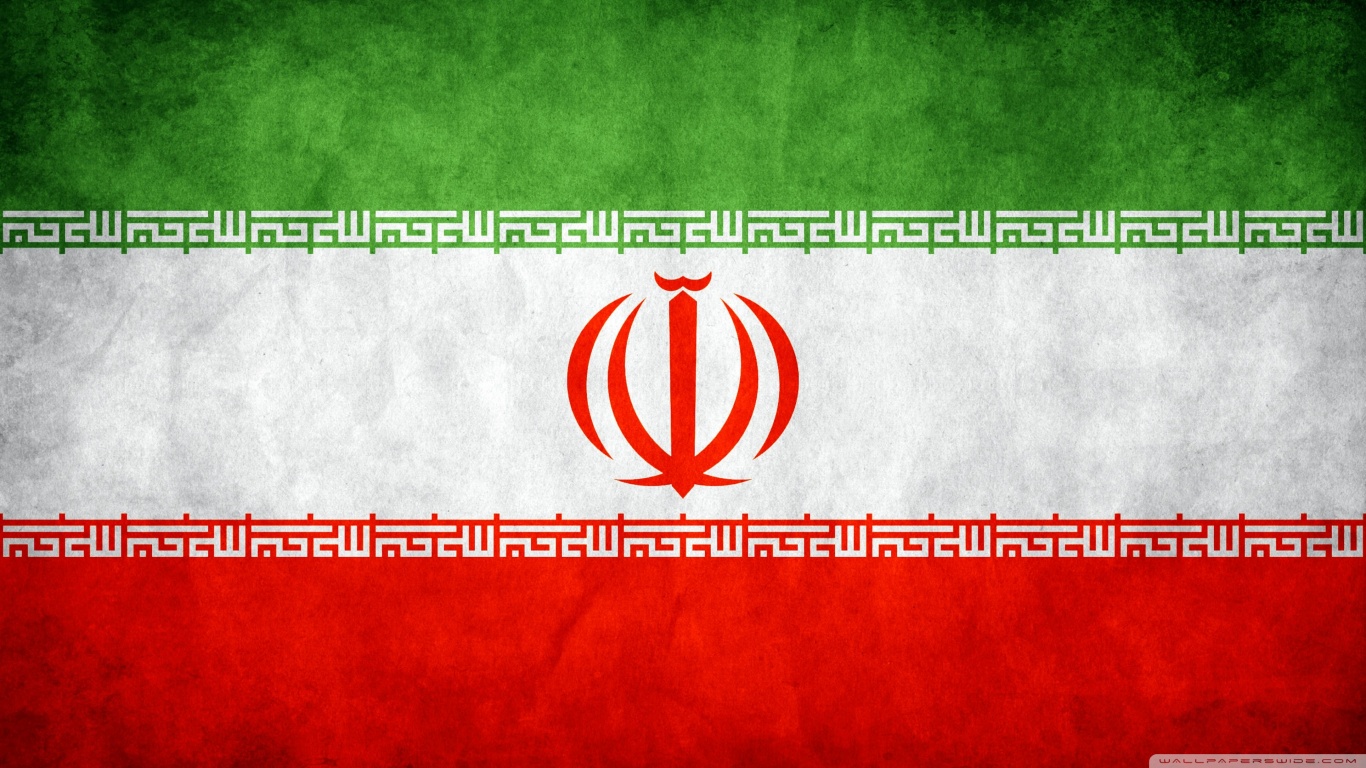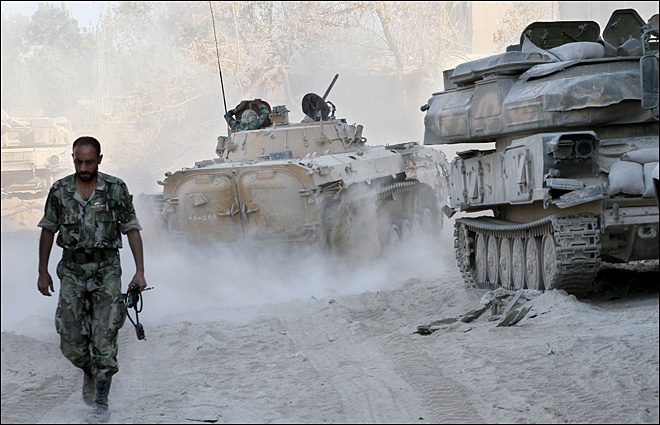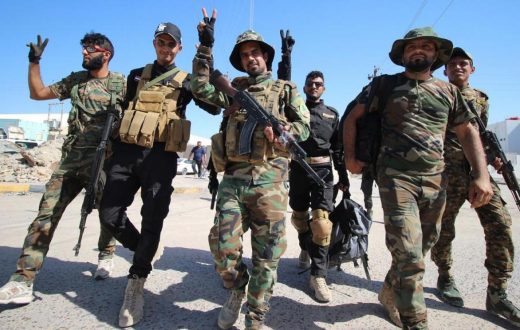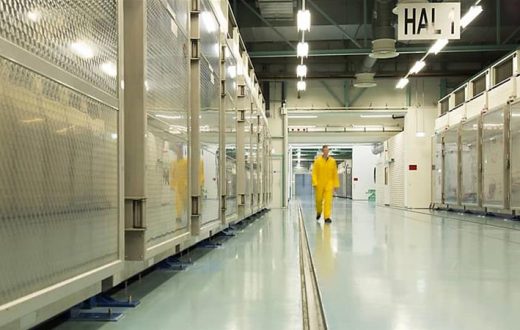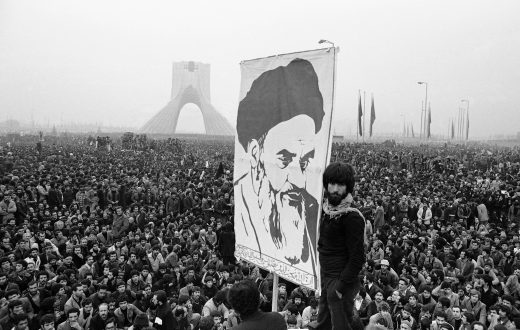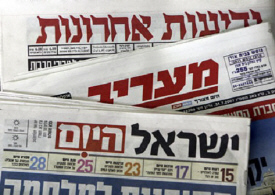Forecast
- In elections for the Iran legislature and its powerful Assembly of Experts on Feb. 26, the country’s conservative leadership will prevent any major moves toward reform.
- Although most reformist candidates are barred from the race, some remaining candidates are adapting their conservative message to appeal to reform-oriented voters.
- The success of these moderate candidates could nudge the Iranian government toward less hard-line policies.
Analysis
For the first time in Iran’s history, its two elected national government bodies, the 290-seat parliament and the 88-seat Assembly of Experts, are up for popular election on the same day. Iranian Supreme Leader Ayatollah Ali Khamenei, whose overarching influence guides every move of the Iranian government, frequently comments on the workings of the government’s different bodies.  He recently praised the role of the Assembly of Experts and parliament in adapting Iranian policy for the modern era, albeit under his careful supervision. Both elected bodies must walk a fine line to meet the dueling demands of progress and fidelity to Khamenei’s conservative principles, and the reshuffling that comes with elections may ever so slightly shift that ever-changing ideological balance.
He recently praised the role of the Assembly of Experts and parliament in adapting Iranian policy for the modern era, albeit under his careful supervision. Both elected bodies must walk a fine line to meet the dueling demands of progress and fidelity to Khamenei’s conservative principles, and the reshuffling that comes with elections may ever so slightly shift that ever-changing ideological balance.
The coalitions forming ahead of the Feb. 26 elections indicate a growing affinity between traditional conservatives — ideologically aligned with Khamenei — and pragmatic conservatives, more closely aligned with current President Hassan Rouhani and the change-oriented reformists. Should these more moderate conservatives win a large number of seats in both bodies, their success will indicate a degree of public satisfaction with Rouhani’s market-driven economic policies. Additionally, such wins would demonstrate a further shift in Iran’s government away from the hard-line conservatives that have held key roles in policymaking for decades. The supreme leader himself expressed reservations about some elements within Iran’s conservative power base, elements he sees as both corrupt and dangerous. In Khamenei’s view, the most conservative factions pose a threat to the clerically grounded government system and to Iran’s economic growth. Under former President Mahmoud Ahmadinejad, a sub-group within the hard-liners — the populists — even challenged the supreme leader’s power. Even so, Khamenei and Iran’s hard-liners depend on one another for support.

A Moderate Alliance
Iran’s political system is a hybrid of democratic and theocratic elements, within which various factions coalesce around common economic and social goals. In general, political groupings fall into one of two camps: conservatives (sometimes called principlists) and moderates. The conservative group comprises the more highly educated traditionalists with the strongest links to the clerical establishment, the merchant class and the supreme leader. Among them are parliament Speaker Ali Larijani and Ali Akbar Velayati, a former foreign minister and now adviser to the supreme leader. The conservative camp also includes more populist and socially conservative hard-liners, such as Ahmadinejad and the current chair of the Guardian Council, Ahmad Jannati. The hard-liners have the strongest connection to Iran’s elite military force, the Islamic Republican Guard Corps (IRGC), and attract voters from the rural poor.
The moderate camp is a combination of pragmatic conservatives (sometimes known as centrists or moderates) and the more radical reformists. Rouhani, former President Ali Akbar Hashemi Rafsanjani (currently running for another term in the Assembly of Experts) and Hassan Khomeini, grandson of the Islamic republic’s founder, are all prominent pragmatic conservatives. Their agenda couples social conservatism with more liberal economic and foreign policies, which they believe are necessary to attract critically needed foreign investment.
Echoing calls for economic and foreign policy change are Iran’s more radical reformists, whose enduring popularity despite the enforced silence of many reformist leaders testifies to the Iranian public’s thirst for change. Several prominent reformist leaders, including former President Mohammed Khatami as well as Mir Hossein Mousavi and Mehdi Karroubi, have been banned from the news media or placed under house arrest. Reformists emerged from the Islamist coalitions of the 1980s, generally disappointed that the tenets they thought central to the 1979 Islamic Revolution — social justice, economic socialism and freedom from tyranny — had not been implemented. These Islamist revolutionaries transformed over time into champions of popular sovereignty and political pluralism. Prominent reformists today, such as former Vice President Mohammad Reza Aref, campaign cautiously so as not to incite the ire of Khamenei and the conservative establishment. As demonstrated by the government crackdown in 2009, Iran’s conservative leaders do not tolerate public protests of elections. And they depend on Iran’s military, including the IRGC as well as local Basij militias, to help to keep the peace.
Though they have less influence with the supreme leader than their traditional conservative counterparts, the moderate camp captures a greater share of the Iranian public. Pragmatic conservatives and reformists promise the most social and economic change and, with it, an answer to perceived sluggishness and inefficiency in government. According to the World Bank, International Monetary Fund and others, as sanctions slowly lift, Iran’s economic growth could soon jump to 6 percent. But with unemployment in Iran stubbornly high (at 10.6 percent) and with its persisting status as a challenging environment for investment — Iran ranks 118 out of 189 countries in the 2015 Doing Business rankings — Iran is still underperforming. Years of sanctions imposed as a result of Iran’s nuclear programs have left the economy stagnant, something the reformists and the pragmatic conservatives want to change by quickly opening the economy to the outside world.
Courting Reform-Oriented Voters
Partly because of this overlap in their economic views, conservatives and reformists are forging a unique coalition ahead of elections. To capitalize on the reformists’ demonstrated power to drive voter turnout, some prominent pragmatic conservatives are distancing themselves from their conservative camps by running independently or joining reformist-endorsed candidate lists. Candidates that meet requisite ideogical requirements may make their way onto these lists through personal connections with reformist politicians. By using those tactics, some pragmatic conservatives hope to guarantee their seats and help push Iran toward more growth-oriented economic policies while still remaining safely within the conservative establishment endorsed and controlled by the supreme leader.
That establishment is embodied in the ideologically conservative Guardian Council, a 12-member body charged with reviewing legislation and approving candidates for elections. The council, chaired by Jannati, has blocked legislation deemed too reformist, and this year it disqualified the majority of reformist candidates for both Assembly of Experts and parliamentary elections. It also granted a scant number of disqualified candidates the chance to appeal their ousters. Six of the Guardian Council’s members are directly appointed by Khamenei, and the remaining six are appointed by the head of the judiciary, who is himself appointed by Khamenei.
In the past, even reformist candidates approved by the council have often chosen to boycott elections. But this year, reformist candidates for the Assembly of Experts plan to run, meaning voter turnout should be high. And because reformist and pragmatic conservative candidates tend to capture more votes than do hard-liner or traditional conservatives, the next Assembly of Experts could be slightly less conservative than assemblies past. That could affect the choice of the Islamic Republic’s next absolute leader, a powerful function of the assembly that is particularly relevant now that the current leader is ageing.
For the legislature, too, candidate calls for boycotts have been fewer this year, and pragmatic and traditional conservatives hope higher voter turnout will help them capture more seats. Ali Motahari and Larijani are among the traditional and pragmatic conservatives who are shifting further from hard-liner views to piggyback on reformist public appeal. Motahari, a conservative candidate in the important Tehran district, has put his name on a list put forth by a joint reformist and moderate alliance, the new Coalition of Reformists and Government Supporters. This week Motahari explained his appearance on the list by characterizing his own views as reformist. Larijani, a conservative known for whipping up parliamentary support for implementing the nuclear deal, refused requests from key hard-liners to join their coalition, instead choosing to run on an independent ticket. Though long considered a traditional conservative, Larijani is affiliating with some pragmatic conservatives and showing support for Rouhani, so much so that some are now calling him a pragmatic conservative, himself.
Calls for Economic Reform
No matter which faction wins the most seats on Feb. 26, the Iranian public is eager for economic rejuvenation and the full lifting of sanctions. Removing sanctions entirely, however, would shake up the domestic economy and could sap some of the IRGC’s economic power. The IRGC, charged as guardian of revolutionary values, also protects the supreme leader and holds some of the state’s wealth. The Iranian constitution prohibits the military organization from directly participating in politics. Nonetheless, it has steadily taken on more political power, in particular gaining strength during Ahmadinejad’s time in office thanks to its close relationship with the president. Under Rouhani, Iran’s outward-facing economic policies may benefit the country overall, but they will also erode some of the power the IRGC has built up — a process that could be accelerated by a more moderate legislature.
History tells us that the Iranian electorate, impatient to improve Iran’s economic lot, tends to vote for candidates who promise change. Aware of that public sentiment, conservatives are connecting their names to those of prominent reformists. Thus, even with most reformist candidates barred from running, Iranians still have some limited opportunity to vote for economic reform, simply by supporting conservatives who are rebranding themselves as moderates open to change.
In the upcoming parliamentary elections, a coalition of moderates has the opportunity to edge out hard-liner influence over economic policy while still toeing the ideological line laid out by Iran’s conservative establishment. The vote has little chance of fundamentally altering Iran’s overall foreign policy. Iran’s economic reopening, its interest in upholding the nuclear agreement and its focus on regional challenges will remain, regardless of which faction prevails. However, the Feb. 26 vote will be an important bellwether of shifting ideological currents in the country, which could have implications for Iran’s presidential election in 2017.

